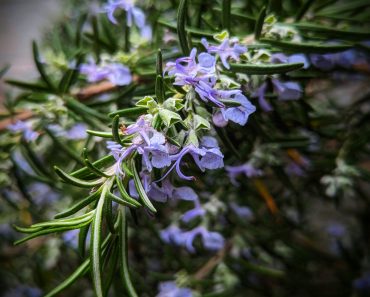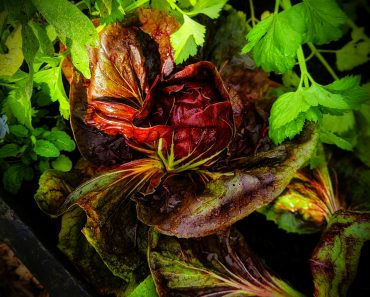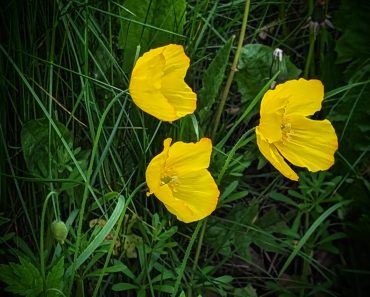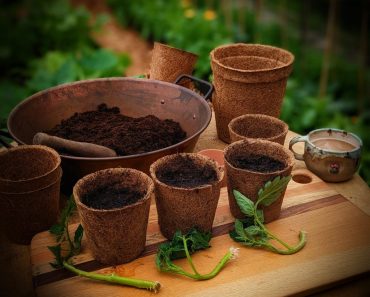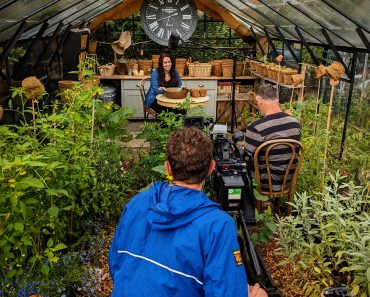Learn how to grow Lemon Balm Tea and find out why this unassuming herb is a healing powerhouse! Sow, Grow Harvest and Brew!
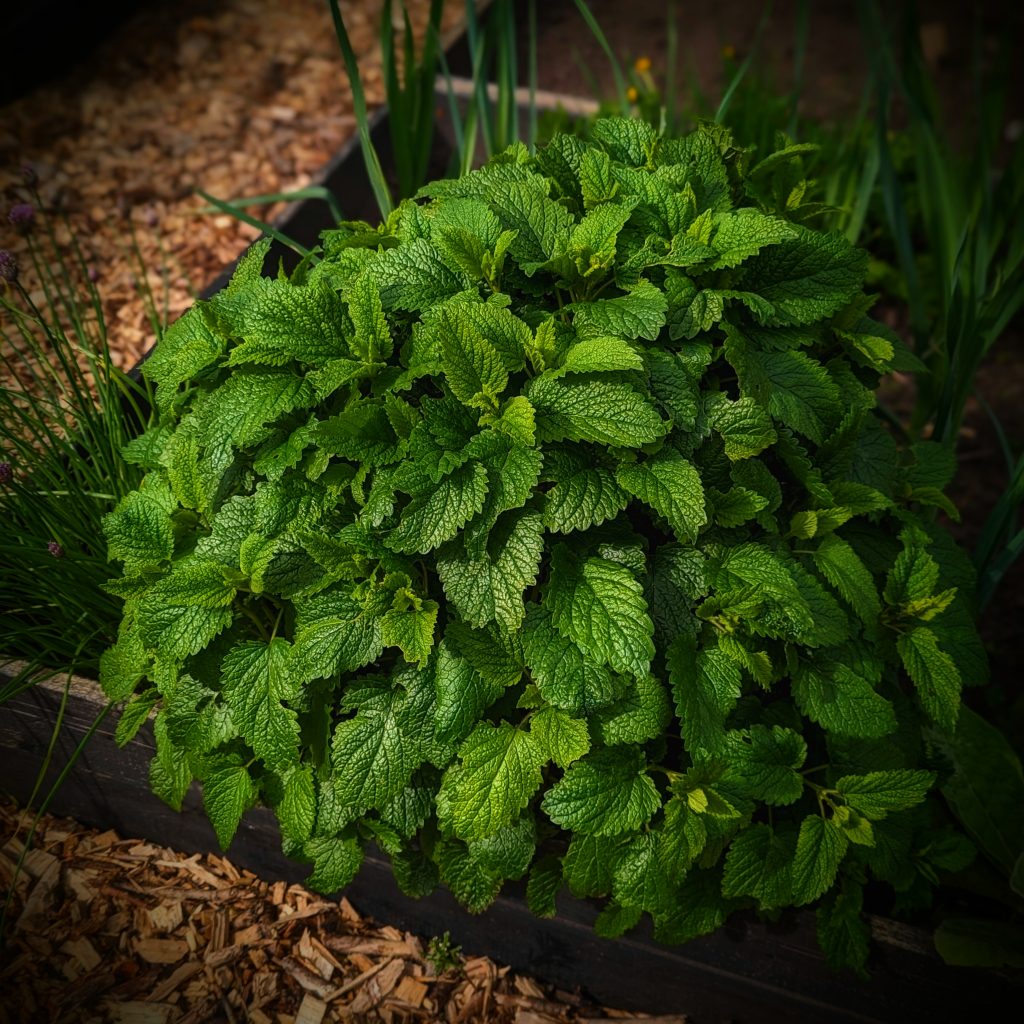
This post may contain affiliate links please see my disclosure policy
What Is Lemon Balm?
Lemon balm or Melissa officinalis is a lemon scented perennial herb that is a member of the mint family. Much like Mint, Lemon Balm can quickly become invasive and spread quickly throughout the garden. *Top Tip – Lemon Balm spreads via the dropping of seeds. To prevent spread, snip off the emerging flowers as soon as they appear.
Where does Lemon Balm Come from?
Lemon Balm Originated in the Middle East and North Africa, it went on to the northwest, to Southern Europe and by the 1500’s Lemon Balm had naturalized in Europe. By 1700 it had found its way to America. Today it is grown worldwide and celebrated for its many beneficial health attributes!
The Benefits of Lemon Balm
Lemon Balm has long been associated with its ability to improve Cognitive Function and mood, but its healing powers are far more reaching than that. Providing an abundance of benefits to the human body, this wonderous herb is one to keep on hand…
1. Reduces Anxiety
Lemon Balm Tea can be used to help reduce the symptoms of Anxiety, caming excitability and nervousness
2. Stress Reliever
Lemon balm Tea can soothe symptoms of stress, helping your body to relax and elevate your mood. Studies have shown an increased sense of calmness amongst participants and a reduced feeling of alertness
3. Sleep Issues
Lemon Balm can help lull the body into a restful sleep, a mug of Lemon Balm Tea before bedtime can help relieve restlessness and calm the body.
4. Relieves Indigestion
Lemon balm tea is a common tonic to aid digestion, but it may also be used to…
- Help soothe Vomiting and Nausea
- Soothe stomach aches
- Help with Bloating and Gas
- IBS symptoms
- Help improve bowel function.
5. ‘Ladies Complaints’
Lemon balm can be used to relieve menstrual cramps and premenstrual syndrome (PMS), past studies have found that Lemon Balm helped minimise the intensity of cramping associated with menstrual cycles.
6. Headaches
Lemon Balm is a useful tonic for headaches that have been induced by stress. The relaxing properties of Lemon Balm help to release tension and relax your muscles, relax tight blood vessels, and allow the body to self-calm, ultimately unwinding the tension that is creating the headache.
7. Toothache Relief
Lemon Balm tea can be used as a mouthwash to help soothe tooth pain. Lemon Balms pain-relieving properties make it a helpful friend for toothache.
How to grow Lemon Balm
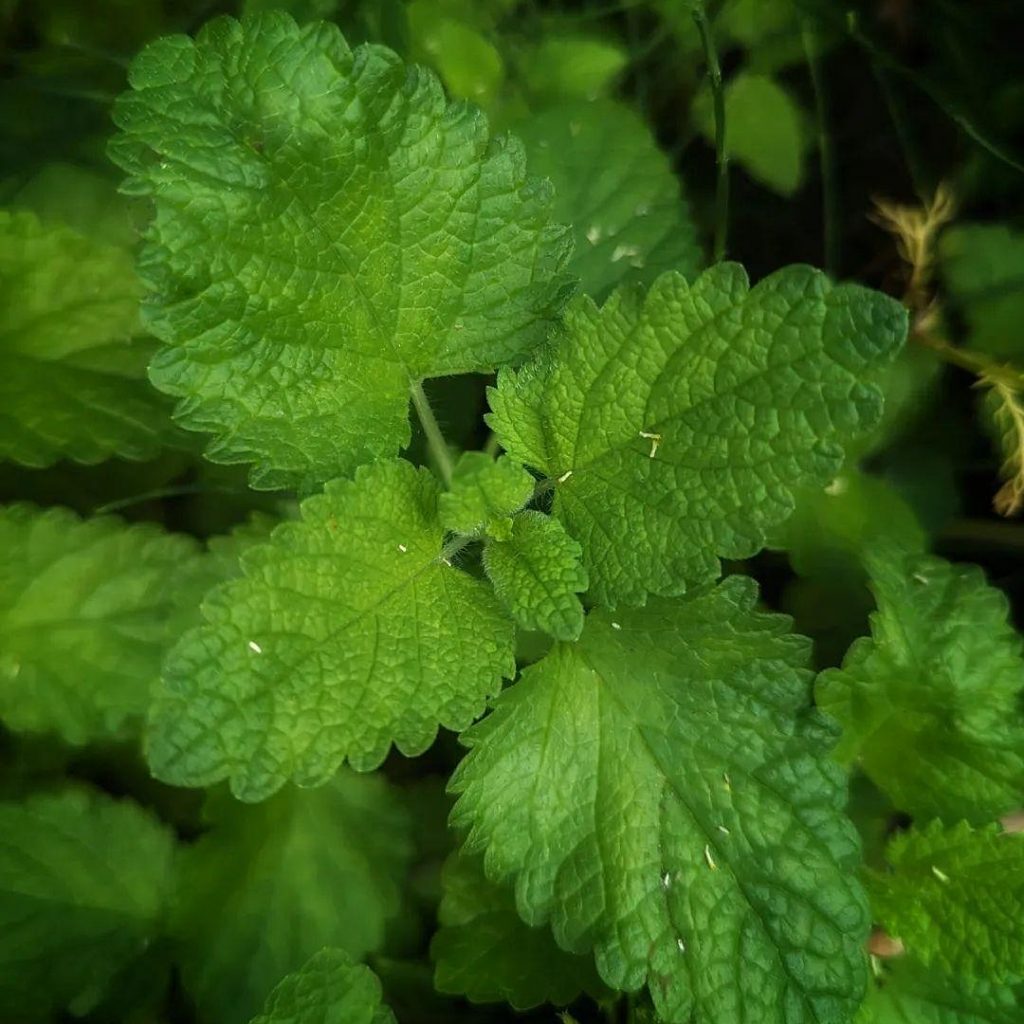
Affiliate Links
Growing Lemon Balm is easy, this Perennial fast growing herb is a fuss free plant that requires very little attention. They will grow in almost any soil type and can thrive in part shade to full sun!
How to Sow Lemon Balm Seeds
Sow seeds in spring (late March-May) on the surface of a good quality compost cover with a sprinkling of compost. Place on a sunny windowsill, cover with a propagator lid or cling wrap, just until seedlings emerge.
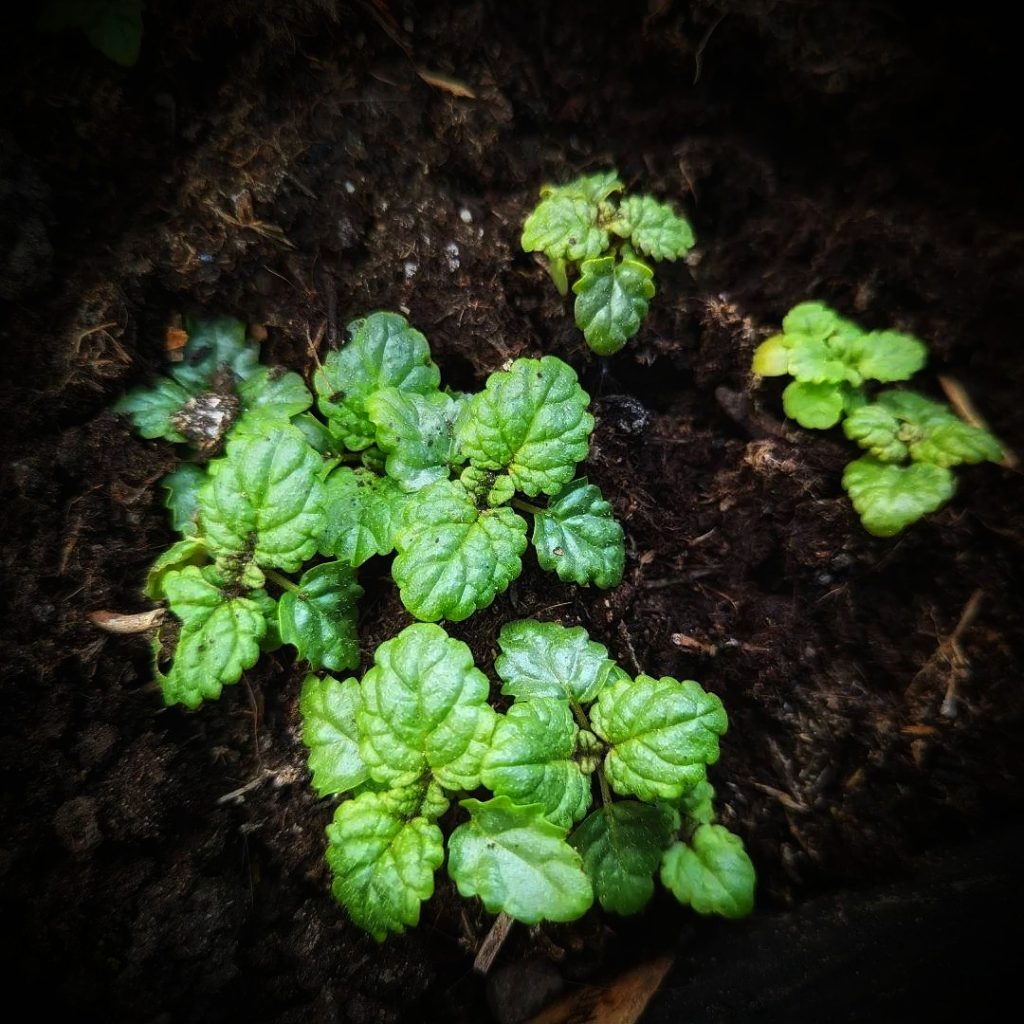
Potting On Lemon Balm
Once seedlings are large enough to handle, prick out and replant into individual pots. Transplant the young plants outdoors once all danger of frost has passed. Be sure to Harden off before hand.
What Does Hardening Off Mean?
Plants raised indoors or in a greenhouse environment, need to be acclimatised to cooler temperatures and increased air movement for about two to three weeks before they are planted outdoors permanently . This is a ‘toughening up’ practice to prepare the plants for their new environment.
How to Harden Off
Place your plants out for a couple of hours in a shady part of the garden. The next day, leave them out again for two hours, but this time allow the plants an hour of direct sunshine in the morning. Gradually continue to increase the length of time the plants are in direct sunshine over the course of roughly two weeks.
How to Care for Lemon Balm
- Lemon balm is a vigorous plant that will eventually form a large leafy clump, with stems that can reach 80cm tall. I have already mentioned that Lemon Balm likes to spread! They will self seed vigorously if you allow it. To prevent a ‘takeover’ remember to remove faded flowers before they set seed.
- Keep plants well watered especially during dry spells, cut back after flowering to encourage a new flush of leaves.
- To keep your Lemon Balm plant healthy , lift and divide the clump every 4 years in Autumn, this will rejuvenate the plants and help them to thrive.
Where to Plant Lemon Balm
Choose a spot with full sun or part shade, with moist, free draining soil. You can also plant in pots with a good quality compost.
Why Lemon Balm Is Good for Your Garden
Lemon balm is fabulous in the garden, not only does it attract bees and other beneficial pollinators, it also works as a deterrent! The strong, citrusy scent deters several unwelcome pests.
How to Harvest and Make Lemon Balm Tea
When to Harvest Lemon Balm Leaves– Gather lemon balm leaves before the plant flowers. If you gather after, the leaves of the Lemon Balm will taste bitter…we don’t want that. Harvest in the morning after the dew evaporates.
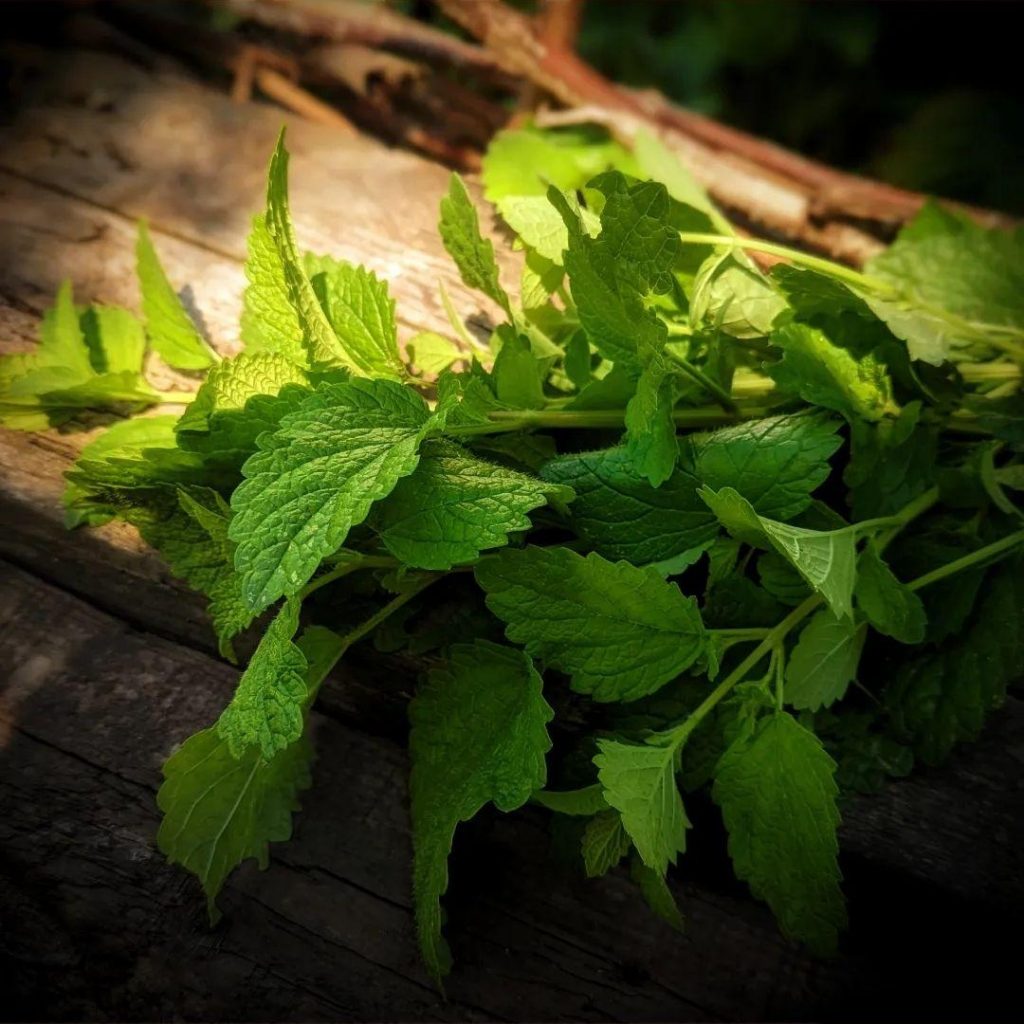
How to Dry Lemon Balm Leaves– This is an important step, you must dry the leaves thoroughly to prevent any mould forming during storage. To dry, simply lie flat on Newspaper or Brown Paper in a dry, dark environment for roughly 1 week, or harvest Lemon Balm Stems and hang them to dry, store only the leaves for tea. Alternatively, pop the leaves in a dehydrator on the lowest heat setting for 12 hours. Store the dried leaves in a clean airtight container for up to 1 year.
How to Prepare Lemon Balm tea– Place 1 tsp of dried Lemon Balm leaves in a tea ball and steep in hot water for 5 minutes, remove the tea ball and drink
Looking for More Healing Remedies ?
Come and say Hi!
For more homely inspo visit me on Instagram
*Any specific health claim or nutritional claims or information provided on the Website are for informational purposes only. Nothing on the Website is offered or intended to be a substitute for professional medical, health, or nutritional advice, diagnosis, or treatment. This Website is not intended to diagnose, treat, cure or prevent any disease. You assume full responsibility for consulting a qualified health professional regarding health conditions or concerns.

